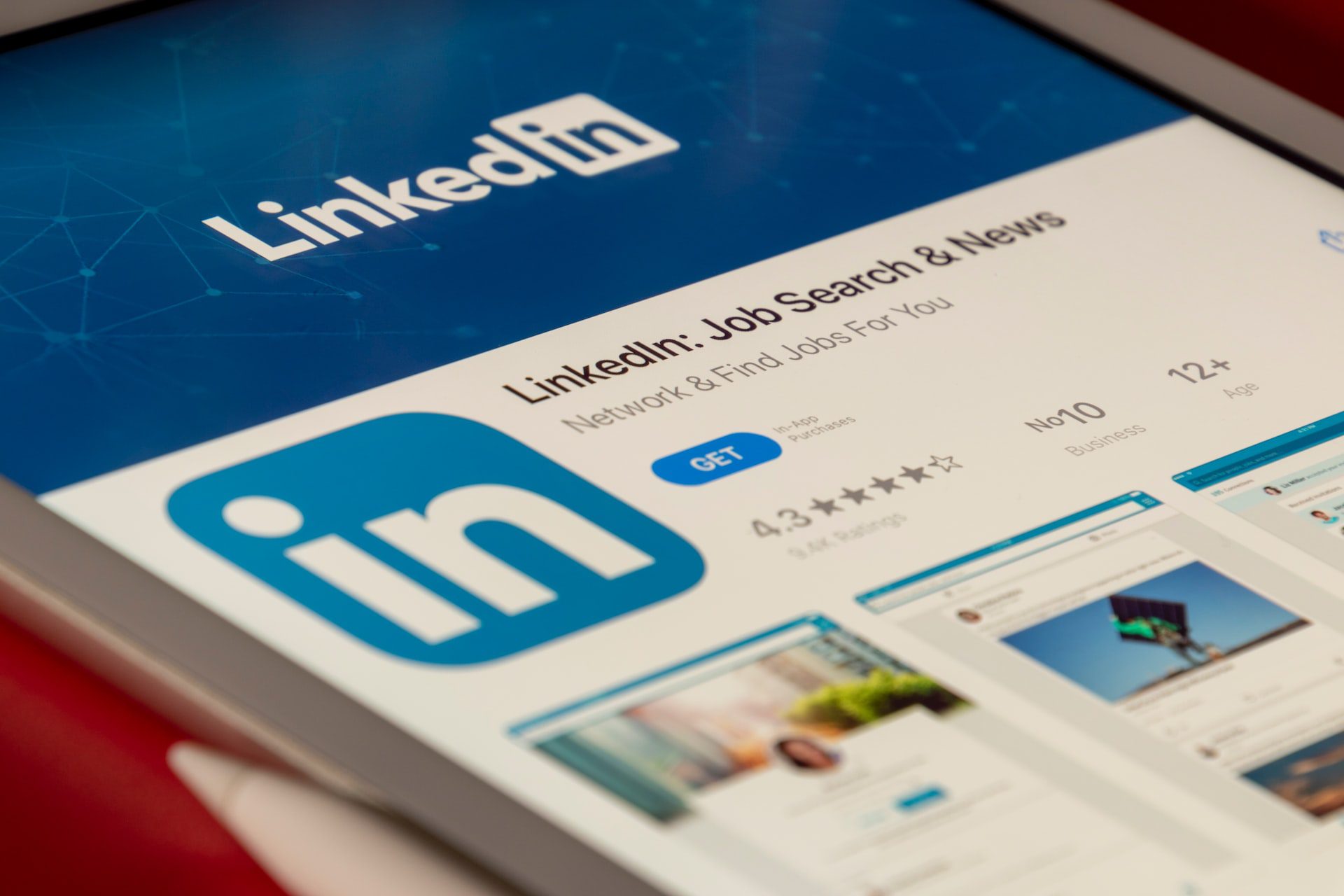Cut The Inefficiencies Out Of Your Manufacturing Line

Getting more organized
It makes sense that better organization makes it easier for manufacturers to do things more efficiently. However, a lot of them have boiled it down to art. Lean manufacturing is down to the process of cutting waste out in all the different sectors. With the equipment, this means keeping it maintained, keeping it placed conveniently, and keeping the workload transition as smooth as possible. It’s even possible to apply lean techniques to safety in the workplace.
Be mindful of your energy spend
As you might imagine, energy consumption in manufacturing is nothing to underestimate. All that machinery is bound to have a high energy cost. However, following energy-saving tips is helping many businesses find solutions to decrease their energy use. For example, this includes using energy saving appliances like LED lights where possible, maintaining your existing equipment so that it’s better able to efficiently carry out its work and so on.
Reducing lost materials
Keeping track of the materials and different inventories is just as important as the equipment. Faulty materials can lead to faulty products which is a big source of loss for many manufacturing companies. Ensuring that you’re not wasting inventory in the manufacturing process is wise, too. With the help of laser measurement services, for instance, you can ensure that you’re never using more materials than you need to. Precision with your needs can reduce loss.
Simplifying the production line
Another factor of lean manufacturing that saves a lot of time is getting rid of the complexity in the manufacturing line. Besides maintaining equipment, attention should be given to its placement. Businesses shouldn’t be afraid to get rid of redundant equipment and even redundant space. Selling commercial property can cut a lot of costs in one swoop.
Make more efficiency use of your employees
It’s not just the equipment that can be made more efficient, however. Taking the lean approach to employees means making them more versatile and making sure they use their time in the most efficient way. Cross-training achieves that by teaching them all the skills they need to fit multiple roles in the manufactory, making them more productive. It also has the added benefit of ensuring no employee is indispensable. This is a useful thing to have in case one of them is no longer able or willing to work for the business.
With the help of the tips above, you can improve the efficiency of your manufacturing line greatly, which can lead to more cost-effective production, more savings in your pocket, and easier profits. Of course, the specifics of how these principles work will depend largely on your manufacturing line’s particular setup.


 A company’s worth is directly connected to its total assets. The assets may seem irrelevant to the public’s view but are the bedrock of the entire enterprise.
A company’s worth is directly connected to its total assets. The assets may seem irrelevant to the public’s view but are the bedrock of the entire enterprise. Customer relationships are crucial to the success of any small business. Recently, customer relationship management (CRM) has gained popularity. The use of the
Customer relationships are crucial to the success of any small business. Recently, customer relationship management (CRM) has gained popularity. The use of the 